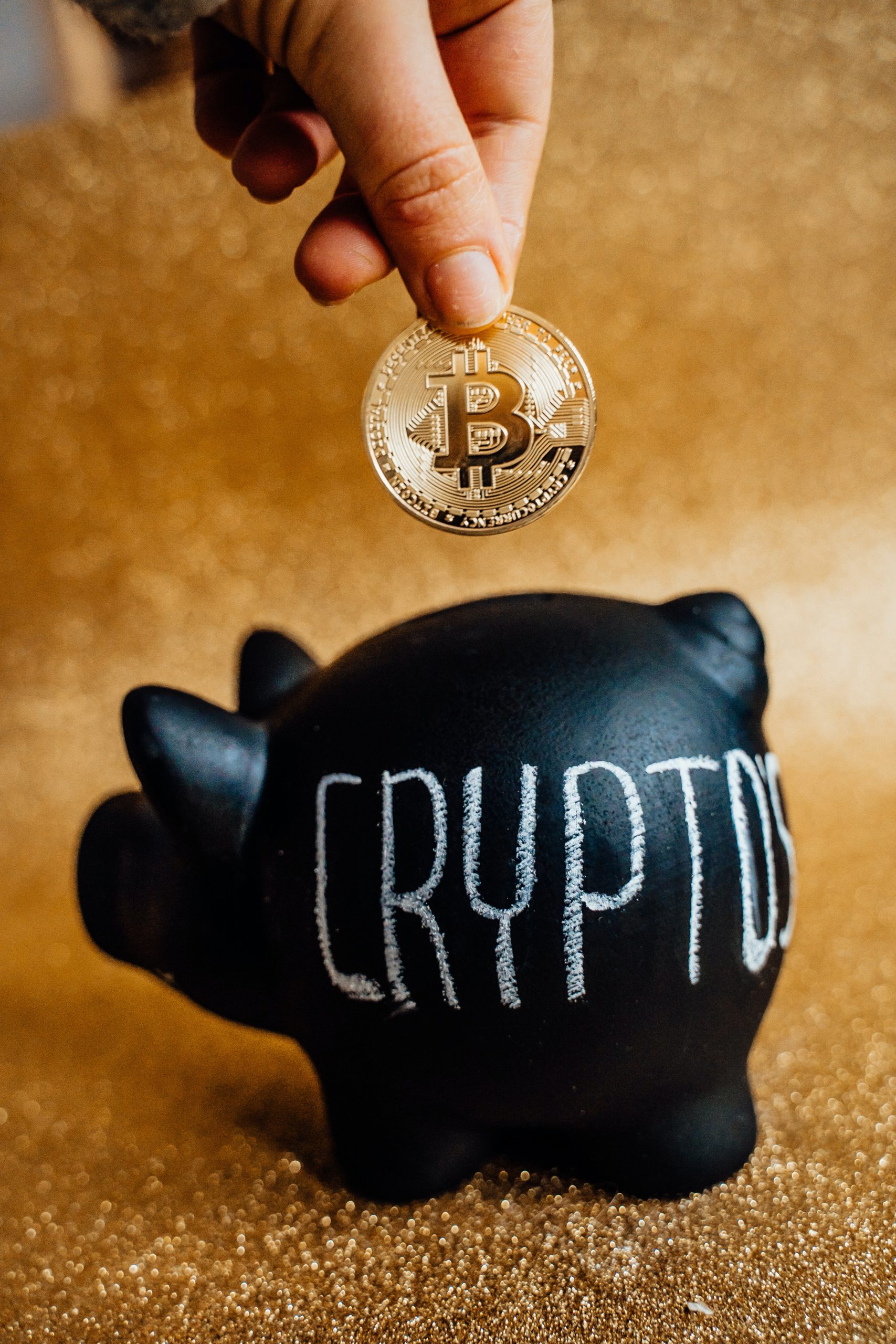In the ever-evolving landscape of finance, the clash between traditional banking and cryptocurrencies, with Bitcoin leading the charge, has captured the attention of global markets and policymakers alike. The tension between these two financial powerhouses raises vital questions about the future of money, security, and economic stability.
The Bitcoin Revolution
Bitcoin, the world’s first decentralized cryptocurrency, emerged in 2009, offering an alternative to traditional banking systems. Its core appeal lies in decentralization, transparency, and security through blockchain technology. Unlike conventional banks, Bitcoin transactions are peer-to-peer, eliminating the need for intermediaries, such as banks or governments.
Pros of Bitcoin:
- Decentralization: Bitcoin operates on a decentralized network, reducing the risk of a single point of failure.
- Transparency: Every Bitcoin transaction is recorded on the blockchain, a public ledger, ensuring transparency and accountability.
- Security: The cryptographic nature of Bitcoin makes it resistant to fraud and hacking.
- Accessibility: Bitcoin allows anyone with internet access to participate in the global financial system.
Traditional Banking:
Traditional banking systems have been the backbone of the global financial infrastructure for centuries. They offer a range of financial services, from savings accounts to loans, and have been a cornerstone of economic stability.
Pros of Traditional Banking:
- Stability: Traditional banks are backed by governments and regulatory bodies, ensuring stability and security for depositors.
- Insurance: Many countries have deposit insurance schemes to protect consumers’ funds in case of bank failure.
- Lending and Credit: Banks provide access to credit and loans, facilitating economic growth.
- Regulation: Traditional banks are subject to strict regulatory oversight, preventing illicit activities.
The Clash of Titans: A Comparative Analysis
1. Currency Stability:
Bitcoin is renowned for its volatility, with prices soaring to record highs and plummeting to lows within days. This unpredictability raises concerns about its use as a stable currency for everyday transactions. Traditional banks, on the other hand, offer relative stability through fiat currencies.
2. Security:
While Bitcoin’s blockchain technology is highly secure, it’s not immune to cyberattacks and scams. Traditional banks invest heavily in cybersecurity, but breaches still occur, highlighting the ever-present risk of fraud.
3. Accessibility:
Bitcoin’s accessibility is one of its greatest strengths, enabling financial participation for billions of unbanked individuals worldwide. Traditional banking systems can be exclusionary due to stringent requirements and geographical limitations.
4. Regulation:
Traditional banks are subject to robust regulations designed to protect consumers and maintain financial stability. Bitcoin, however, operates in a regulatory grey area in many jurisdictions, raising concerns about investor protection and money laundering.
The Future: Integration or Competition?

The future might not be an either-or scenario. Integration between cryptocurrencies and traditional banking could be the key to unlocking the benefits of both worlds. Some banks are already exploring blockchain technology for more efficient cross-border transactions and settlements.
In conclusion, the clash between Bitcoin and traditional banking is a reflection of the evolving financial landscape. While Bitcoin offers decentralization, transparency, and accessibility, traditional banking provides stability, regulation, and insurance. The path forward likely involves finding ways to harness the strengths of both systems to create a more inclusive and secure financial ecosystem.
As we navigate this financial revolution, policymakers, regulators, and market participants must collaborate to strike a balance that benefits the global economy and empowers individuals while safeguarding against risks and ensuring compliance with ethical standards. The journey to a harmonious coexistence of Bitcoin and traditional banking is just beginning, and its outcome will shape the future of finance for generations to come.




